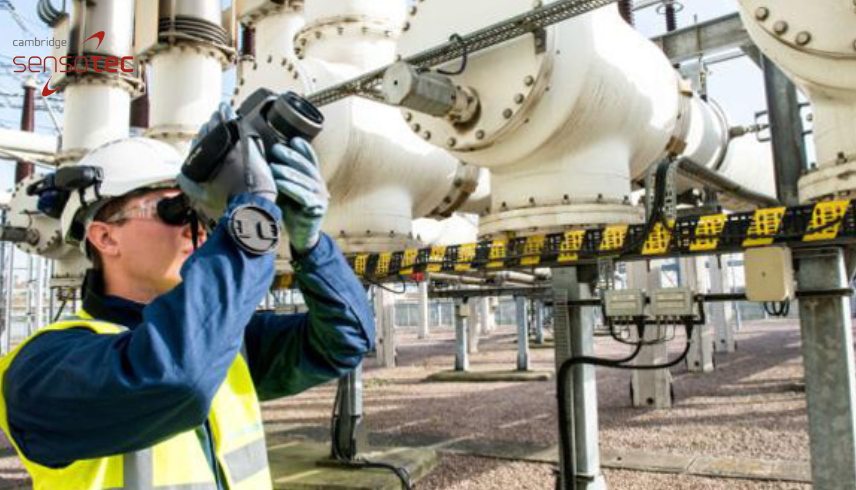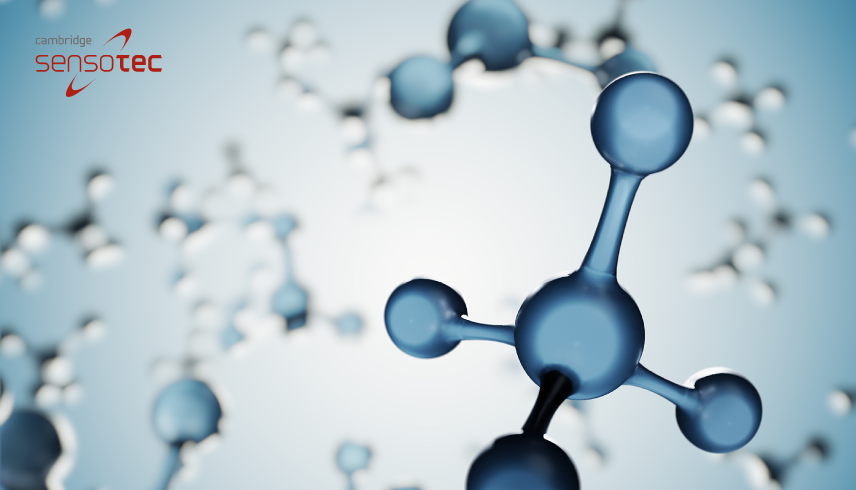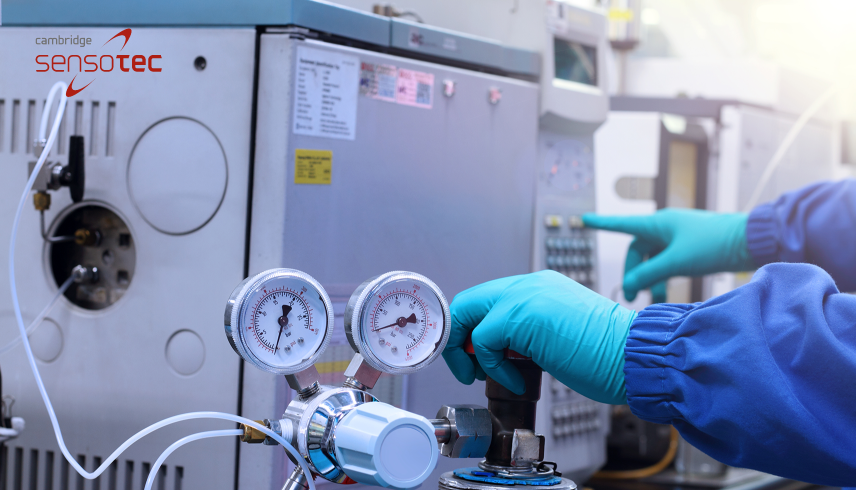
Troubleshooting: R6100 Pump Back
The infra-red SF6 sensor needs a bit of extra time to warm up before it can give readings. The Rapidox waits for an internal signal coming from the sensor to say it is ready before displaying readings. This should take around sixty seconds to complete. If the “Wait” message does not clear please contact us for advice.
Very occasionally when the battery has been allowed to run very flat the start up voltage isn’t quite enough to get the sensors re-started and this message can display. To fix the problem try switching the unit off and removing the fuses for ten seconds and refitting. Restart the analyser and in nearly all cases it will reboot correctly.
The reading flashes if the value has gone above 101% of full scale and is to warn you that the reading / calibration is just out of calibration spec. Please contact us for advice.
This message displays if the reading goes above 102% or below 0%. This is usually caused by a bad calibration Try recalibrating the sensor in question once more, making sure that a sensible flow and pressure are being used. If all else fails try restoring the analyser back to factory setting (see 8.9 for details). Contact Cambridge Sensotec if the message refuses to clear.
This is quite normal and caused by the fact the dewpoint sensor is sitting in a vacuum. Because of the pressure compensation maths the reading can be pushed below its minimum for a moment but this will fully recover once pressurised compartment gas is applied.
Are you testing gas from a bottle? If you are, please check to see if you are using “Gas Cylinder Mode”. The pressure in certain gas cylinders can drop a little during testing and normal mode is very sensitive to this for safety reasons. Gas Cylinder mode should be used in this case and the warnings should stop.
If this happens then it means that the battery is too hot to charge. It is a safety feature to make sure the lithium batteries don’t get damaged. If you are in a hot location >30C then move the unit to somewhere cooler to charge – e.g. an air conditioned office.
Please contact Cambridge Sensotec for further advice.
If the battery is flat then please connect the mains IEC cable and leave the unit to charge for five to six hours. Note that you can use the analyser whilst it is charging. The red LED should change to orange (almost fully charged) to green (fully charged).
Please check that the two fuses located on the side are fitted and not blown. This fuses are different and must not be installed the wrong way around. See Table 1 for correct fuse values.
Check that the calibration gas value on the bottle matches the value you have programmed into the Rapidox. If they are different then the Rapidox will get a signal it is not expecting and try to warn you with this message. Check that you are not trying to calibrate the sensor ‘backwards’ by applying span gas when you are setting the zero point.
Return the box to the factory defaults using the instructions given in section 8.9 and try again.
This option must be enabled by the user and the machine re-booted. Please make sure that the gas does indeed have a blend of SF6 & CF4 before enabling. If you use this mode without CF4 present, then the results will be inaccurate.
Please check the settings MENU – SAMPLING and check to see if the CF4 option is set to yes or no. If it is set to yes and there is no CF4 in the gas then the SF6 reading will be inaccurate. If everything seems normal, then please contact us for advice.
The cooling fan is set to operate each time a sample is taken to make sure no SF6 gas leaks into the peli-case. Any build up of SF6 inside the peli-case from external sources can cause errors on the measurements. The fan also runs for five minutes each time the unit is powered on.
The storage bag is five litres in capacity so at normal atmospheric temperature and pressure there is at least ten minutes of storage space in the bag. So in normal circumstances you should never see a “Bag Full” message. However since the flow rate is based on gas density in exceptional circumstances it may be possible to fill the bag too quickly: eg if the gas changes from SF6 to N2 very quickly during the test. Also, in extreme weather conditions the volume of gas in the bag may be too big even if the gas flow was correct. And the gas bag full may appear if calibration takes longer than eight minutes. If the problem persists there may be an issue with the calculated flow rate so please contact us for advice.
The Rapidox uses a special polymer dewpoint sensor to give high speed and reliable dewpoint measurements. Normally these take hours to stabilise but this sensor is exceptionally fast. However all dewpoint sensors are susceptible to drift so this unit re-calibrates itself at the start of every test. This takes four to six minutes to complete and we then need another two minutes to get a settle reading from it. So it really has to be eight minutes to get a decent dewpoint measurement.
The dewpoint sensor takes 4-6 minutes to clean and is off-line during this time. So part of the trace of the H2O sensor is zero. After this both pressure correcting maths and a regression algorithm kick in and these both take about thirty seconds of readings before they become stable as they are both rolling averages. The result is that only the last minute or so is a true reflection of the correct dewpoint.
Temperature corrected dewpoint seems to be a nonsense because it is an absolute measurement unaffected by the temperature. However most SF6 measurements of dewpoint are performed using readings that are corrected somehow to 20°C. In fact what is happening is that the H2O is being measured in terms of relative humidity (%RH), which is indeed temperature dependent. The Rapidox dewpoint sensor measures humidity and temperature and then works out the equivalent dewpoint both at actual temperature (RT) and at the corrected point (@20°Cdp). In hot countries this produces a drier reading and in colder countries this produces a wetter reading. And of course if the ambient temperature is 20°C then the readings are both identical.
This question is the one we get asked about the most. Fundamentally water is a very difficult gas to measure because it absorbs onto every surface and takes ages to completely dry. And all the materials in contact with the gas including the bottle regulators need to be high quality stainless steel or FEP. If you are in a hot and humid country trying to run some tests then you have to accept that the hoses and couplings will be covered in water and this will take a while to dry off completely. If the first one or two tests are too wet but the readings are falling then please repeat the testing a few times to observe a trend of dryness.



